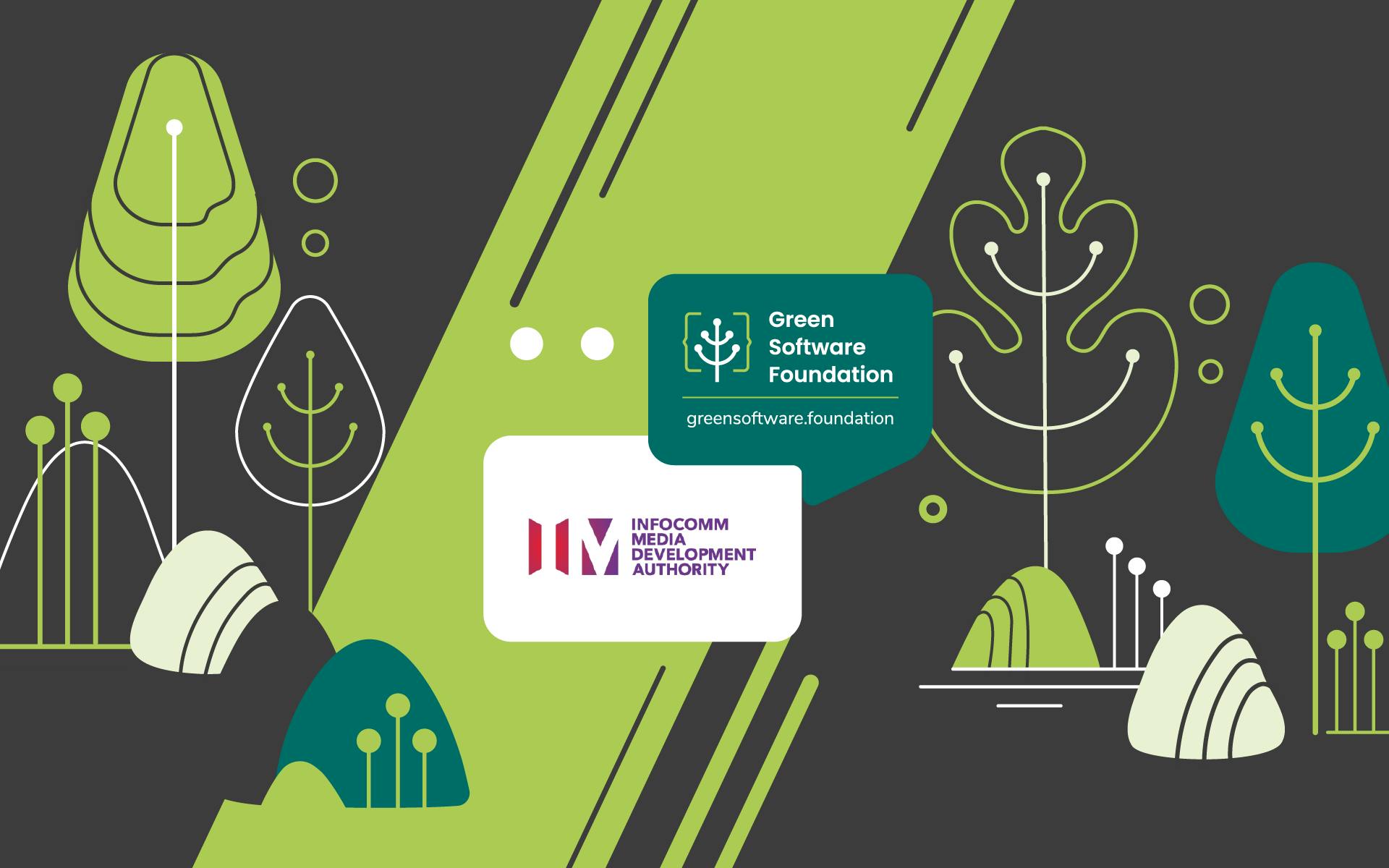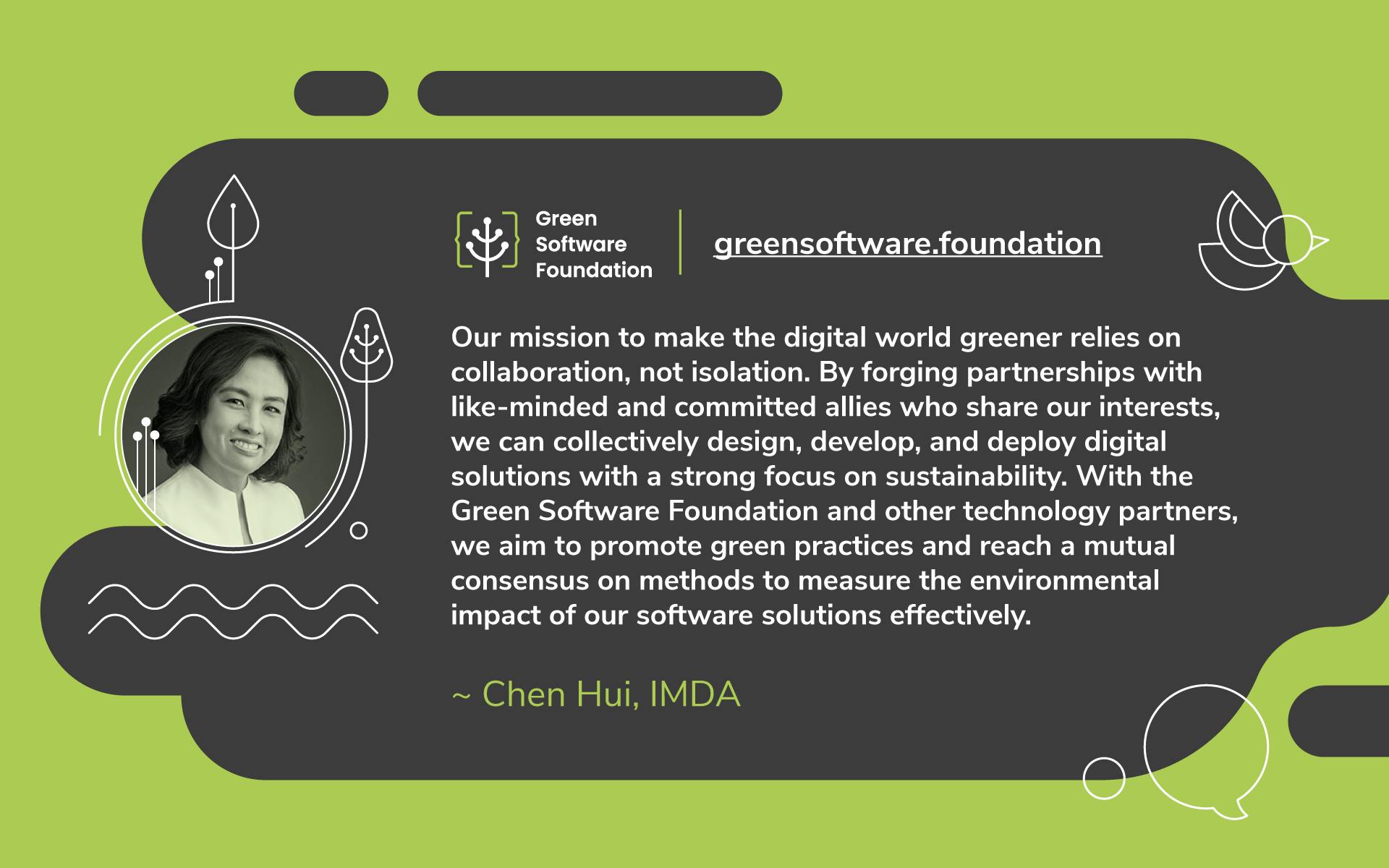Singapore’s Infocomm Media Development Authority (IMDA) develops and regulates the tech and media sectors to create a dynamic, holistic, and exciting ecosystem with growth opportunities through talent, research, innovation, and enterprise. As a statutory board in the Singapore government, they seek to deepen regulatory capabilities for a converged Information and Communications Technology (ICT) sector to safeguard the interests of consumers and foster pro-enterprise regulations.
What is your role with your company, and how did you get there?
As the Assistant Chief Executive for the BizTech Group at IMDA, I am responsible for industry development of emerging technologies. I create conditions for the business to engage with technology and engage the research communities to perform research in strategic areas of interest to Singapore. We help build and enhance capabilities in emerging tech domains in Artificial Intelligence (AI), communications and connectivity, and trust technologies via research and translation.
We create and curate programs designed to support industry in their emerging technologies innovation. Our 5G Innovation Programme supports the industry in leveraging 5G for their businesses.
We launched the Future Communications Programme in 2021 and the Digital Trust Center in 2022. The former invests in mobile communications R&D and the latter looks into technologies that help provide confidence to businesses and individuals as they transact digitally. This includes privacy-enhancing technology to protect privacy while analyzing data and verifying if the technologies perform what they claim to do.
Last but not least, we develop tech products and toolkits to improve efficiency and sustainability practices. For example, in 2022, we developed the world’s first AI governance toolkit – AI Verify – and in 2023, we will launch the AI Verify Foundation to harness collective power and contributions of the global open source community to develop AI testing tools for the responsible use of AI.
What is the relevance of sustainability for your organization?
Singapore has committed to the Green Plan 2030. Within IMDA, sustainability is a focus for all groups. Some are looking at reducing our carbon footprint, some are looking at driving sustainability within the ICT sector and push for technology to drive sustainability within enterprises. This includes coming up with green data center practices that make sense for the tropics where Singapore is situated. We are starting to see interest in preferential procurement of greener ICT products and services. Helping our companies offer green ICT products and services will make them competitive amidst these global trends.
How do we get from sustainability to green software?
Today, the ICT sector contributes about 2% of national emissions, and this is expected to grow to 8% by 2030. Increasing demand for computation from energy-intensive technology such as AI and blockchain could elevate ICT industry emissions to 33% of total GHG emissions by 2050. Using the trajectory set by SBTi, to achieve net zero by 2050, the global ICT sector needs to reduce its GHG emissions by 42% by 2030.
There is an imperative to green software. Sustainable software should be energy-efficient, optimize computing resource utilization, and have minimal environmental impact. Additionally, it should be scalable and accessible for systemic change.
Where do you see opportunities?
There are many, but I’ll highlight three.
Training a foundation model emits the same amount of carbon as 5 cars. Researchers believe there can be improvements to GHG emissions across the entire value chain of machine learning, including better architectures that are more emissions aware, architectures that can be trained better with less data, and better data management practice. So green AI is one important area where opportunities exist.
Today, much of the computational workload sits within the cloud. However, the computation stack may not be GHG emissions-aware. If we can have GHG emissions-aware compilers that can optimize computation based on the software dependencies and code structures within applications in real-time, I believe we can drive for greater efficiencies in our cloud computing workload.
The third is around optimization in the software stack that optimizes workloads for data centers. Chip-level innovations, such as neuromorphic chips, are more efficient. To fully realize the energy savings, software stacks need to be able to tap into such advances at the hardware component level.
What are you doing to activate the ICT sector in Singapore?
Given the escalating emissions from software driven by energy-intensive applications like AI, we are promoting both the development and adoption of green software solutions.
On the supply side, IMDA supports ICT providers in developing green software through partnerships with technology leaders such as Microsoft. Singapore also has strong capabilities in research, especially in AI research; through our institutes of higher learning and research institutes, we will be investing in research and translation efforts to advance green AI and green software. To promote the responsible use of AI, we are working with the industry to leverage AI Verify, a toolkit to test if a developed model is sustainable.
IMDA conducts trials with tech industry partners on the demand side to understand how we can effectively attribute a solution’s energy savings and carbon emissions, identify hotspots and mitigation measures. We cannot improve what we cannot measure. Addressing enterprises’ concerns and challenges in adopting green software means helping them find better tools for measurement.
Why did you join GSF?
Our mission to make the digital world greener relies on collaboration, not isolation. By forging partnerships with like-minded and committed allies who share our interests, we can collectively design, develop, and deploy digital solutions with a strong focus on sustainability. With the Green Software Foundation and other technology partners, we aim to promote green practices and reach a mutual consensus on methods to measure the environmental impact of our software solutions effectively.
How does your organization see the future of green software?
Green software helps us achieve our national sustainability goals. The future of green software, while promising, is also fairly diverse. Our next focus is to bridge the gap between engineering advancements and practical implementation, making green software a cost-saving opportunity for businesses.
There's a need for greater awareness about green software and its benefits. Developers and businesses often struggle to allocate resources to green software due to a lack of awareness about the tangible benefits that it can bring about. It's crucial to show a tangible ROI through cost savings and environmental gains.
Finally, we want to do more to push for greater standardization of green software measurement practices and green software practices.
Which other challenges do you see?
There are several challenges that we have to overcome:
● Regulation and standardization:
A lack of standardization in green software practices and technology might stymie uptake. Organizations find analyzing and comparing alternative software solutions challenging without established norms and laws. Creating industry standards and regulatory frameworks will provide clarity and encourage adoption.
● Scalability and Flexibility:
Green software solutions must be scalable and versatile to support changing company demands and technological improvements. It is critical for long-term adoption to ensure that green software can adapt to evolving requirements and interact with developing technology.
Government agencies like IMDA, big tech companies, and local technology providers will need to work together to address these issues. Encouraging research and development, incentives, and the formation of a supporting ecosystem are all ways to overcome these barriers and promote green software adoption in Singapore and around the globe.
Which other sustainability initiatives are you working on?
Singapore launched one of the world’s first standards for optimizing energy efficiency for data centers in tropical climate countries in June 2023. Situated near the equator, the options for cooling a system are limited. The new standard aims to help data centers gradually increase their operating temperatures to 26 degrees Celsius and above.
We have also worked on the Sustainable Software Practice Framework with Microsoft.
** Source: ICT industry to reduce greenhouse gas emissions by 45 per cent by 2030

This article is licenced under Creative Commons (CC BY 4.0)
